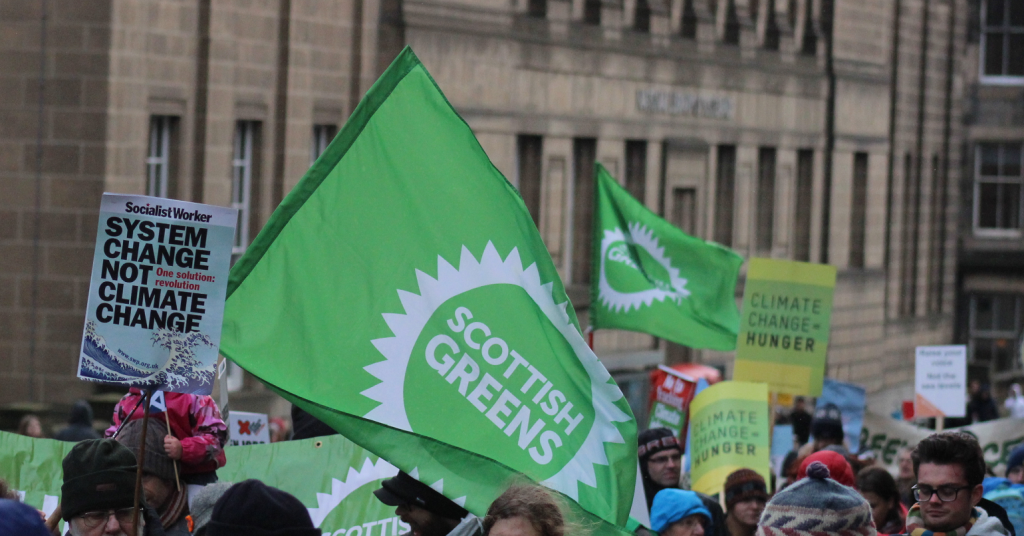The rich should be paying for energy efficiency, not the poor

It’s time to challenge the political consensus about energy customers paying for all the green measures that are needed to deal with the climate emergency.
The big problem with these energy efficiency schemes, which has been perpetuated by governments of all colours, is that they are funded by levies on energy bills, rather than taxpayers. The scope of the resulting schemes is therefore limited by how much can be added onto the energy bills of those who are already struggling to pay the bills. The resulting pot of money is too small to make the massive changes that Britain’s ageing, leaky housing stock requires.
This situation has come about because levying energy bills is a disguised form of taxation. Governments can pretend that it isn’t a tax, isn’t public expenditure, and isn’t public sector debt. But this outsourcing of tax and spend has created a regressive system, where fuel poor households are forced to pay even more on their energy bills than they already can’t afford. And it is some of the hardest to reach, coldest, most fuel poor homes which are too expensive to receive the insulation measures that these levies pay for – the old housing stock with solid walls that can cost £20,000 or more to insulate.
I have some sympathy with the counter arguments, but they are looking progressively outdated. There is the idea that the polluter should pay. That the more carbon intensive energy we use, the more it should cost. This is true, but that isn’t what the levy does. Mostly the levy on consumers has subsidised nuclear power and that subsidy (via an extraordinary high strike price) is about to leap upwards rapidly with the new generation of nukes.
Another argument is that consumers pay because ultimately consumers benefit. Again, this sounds appealing. Bringing all the housing stock up to scratch is a huge collective benefit. So why not use a progressive form of taxation to do it, rather than spreading the cost evenly amongst the rich and the very poorest?
The pace of insulating homes in the UK and bringing them up to modern energy efficiency standards has been far too slow. The Government’s Electricity and Gas (Energy Company Obligation) Amendment Order is a piece of secondary legislation (decided by Ministers not Parliament) that will continue this painfully slow pace, whilst forcing energy bill payers to pick up the cost of this crucial infrastructure investment.
The current system makes it impossible to make the massive investment in levelling up Britain’s housing infrastructure. Piecemeal energy efficiency schemes, focused on the low hanging fruit of cavity wall insulation and loft insulation, can only go so far. The government should commit to deep retrofits of all fuel poor households – with new double glazing, solid wall insulation, super-efficient appliances and home energy generation. This is the scale of investment that we need to end fuel poverty and tackle the climate crisis, not the tinkering around the edges of the current schemes.
This level of investment needs money, and more money than can be stuck on top of people’s already high energy bills. That is why energy bill levies should be ended and brought into general taxation so that high earners and wealthy people contribute more, rather than pushing fuel poor families deeper and deeper into a cold pit of despair.
The Green Party Manifesto pledged £24 billion a year for Local Authorities to insulate all homes, and deep retrofit 1 million homes a year. This is the scale of ambition that is needed, led by local authorities and tailored to their communities.
At the end of this year the government will be hosting the COP2020 talks. Do they really think that these insulation schemes are going far enough? And do they realise that much of the coldest, leakiest housing stock – those with solid walls – are too expensive to be insulated under these schemes that their sky high energy bills are paying for?
Image credit: Green Energy Futures, Creative Commons




The answer is not as simple as you suggest…..’just raise taxes’…as they would not only be have to raised an awful lot but there are not the skills available to specify and undertake the work correctly.
The solution lies in the land and the property itself. We have not only made hugely inefficient use of our land in the past but we also use our building stock inefficiently. I would need a lot more space than here to explain the potential here in detail but let me give some examples. People extend/expand their houses often way beyond what is needed functionally. We could stop all further extensions unless the whole building is upgraded to zero energy. Many old people live in properties far larger than they need or can properly maintain. A service could be offered to sub-divide large houses into smaller units with a financial incentive to do so and on the basis that the resulting accommodation is zero energy i.e take the majority of the profit out of the conversion. In the public sector there are many inefficiently used buildings e.g schools. School buildings are used maybe 40 out of 52 weeks and not even on Saturdays. Now we have I.T it would be easy to tailor individual school hours and days to pupils and parents particular needs. etc, etc
Yep